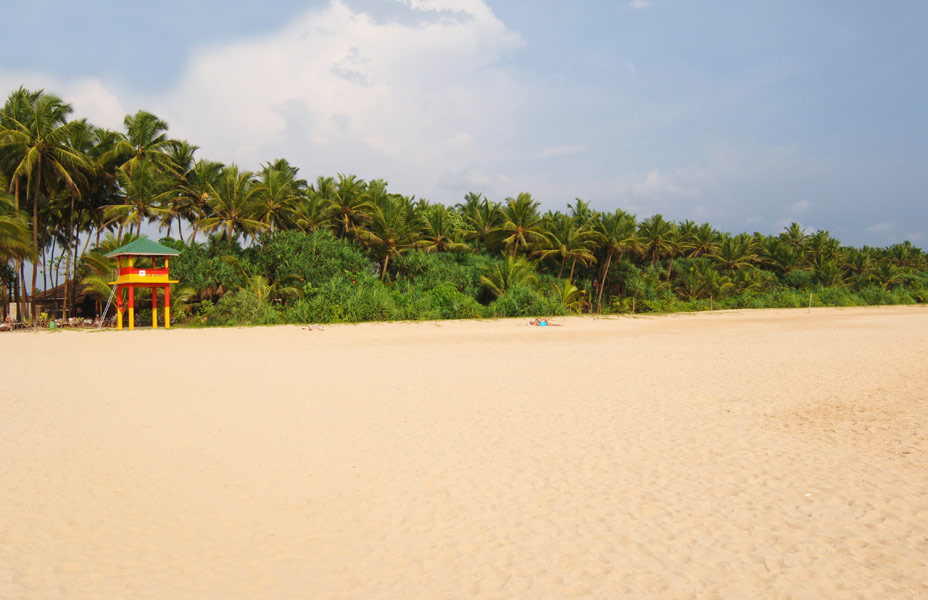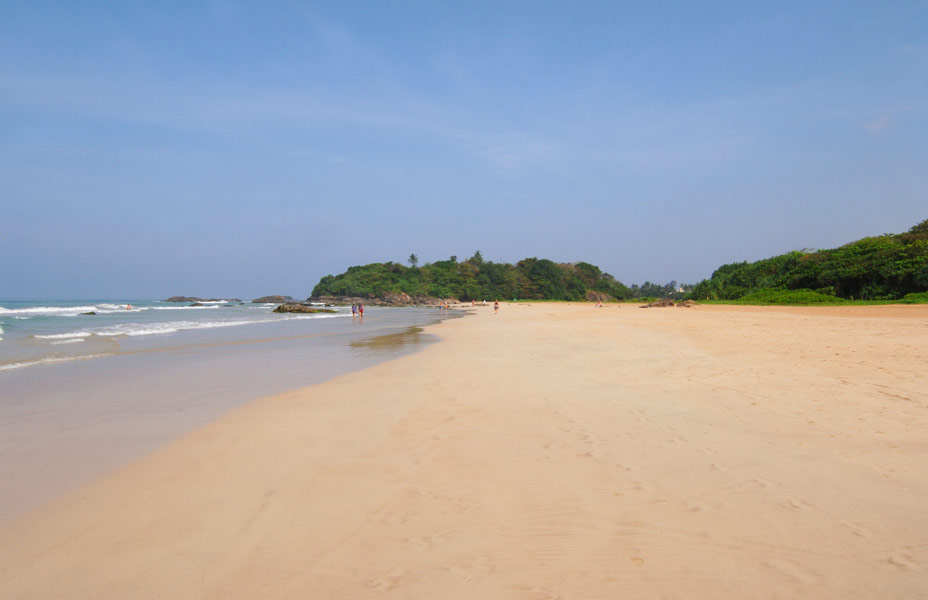- Home
- Accommodation
- DINING
- WELLNESS
- WATERSPORTS
- Weddings
- Facilities
- Things to Do
- About Us
- Contact Us
- Book Now
YOU ARE IN: HOME > THINGS TO DO > EXCURSIONS
Ariyapala Mask Museum
Bandusena Wijesooriya was born into a family of eminent artists and craftsman. He is a dancer, mask-carver, musician and teacher. Coming from over five generations of mask carvers, the Wijesooriya family have preserved and strengthened the mask carving tradition. The Ariyapala Masks Museum was established in 1987 to celebrate the rich cultural heritage of Sri Lanka while preserving it for future generations.
Masked plays and dances are a local tradition in the coastal areas of Sri Lanka and the museum houses some of the masks that were used in traditional comic folk plays like ‘Kolam Dances’. Masks were also utilised in traditional Sinhalese healing rituals like ‘Sanni Yakuma’.
Carving a mask includes more than just a piece of trunk and a chisel. The trunks are first kept under the hot sun to dry and then only the basic shapes are carved. The mask is then placed on a hearth for a week to get the smoke to season the wood. This is very important because it keeps the mask from being attacked by termites. Expressions are then carved into the mask using various types of chisels and mallets. Once it is ready the mask is smoothed with Motadelia leaves and the initial layer of paint is always a light yellow. The paints used to decorate the mask are mixed with ‘dorana oil’ to assure the durability of the colours. Each mask has its own colours to depict its characteristics. For example, red could represent anger.
Masks can be classified as Gods, human beings, Raksha (Devils), Yakksha (Demons), animals or composite masks.
The museum which includes a small library and a workshop is a centre for traditional arts and research. The Ariyapala Masks Museum has been appreciated by private and museum collectors and its contributions to the preservation of traditional art have been significant. When visiting Sri Lanka, be sure to allocate time to view a glimpse of Sri Lankan tradition and history at the Ariyapala Masks Museum.
Bandusena Wijesooriya was born into a family of eminent artists and craftsman. He is a dancer, mask-carver, musician and teacher. Coming from over five generations of mask carvers, the Wijesooriya family have preserved and strengthened the mask carving tradition. The Ariyapala Masks Museum was established in 1987 to celebrate the rich cultural heritage of Sri Lanka while preserving it for future generations.
Carving a mask includes more than just a piece of trunk and a chisel. The trunks are first kept under the hot sun to dry and then only the basic shapes are carved. The mask is then placed on a hearth for a week to get the smoke to season the wood. This is very important because it keeps the mask from being attacked by termites. Expressions are then carved into the mask using various types of chisels and mallets. Once it is ready the mask is smoothed with Motadelia leaves and the initial layer of paint is always a light yellow.
Masks can be classified as Gods, human beings, Raksha (Devils), Yakksha (Demons), animals or composite masks.
The museum which includes a small library and a workshop is a centre for traditional arts and research. The Ariyapala Masks Museum has been appreciated by private and museum collectors and its contributions to the preservation of traditional art have been significant. When visiting Sri Lanka, be sure to allocate time to view a glimpse of Sri Lankan tradition and history at the Ariyapala Masks Museum.




